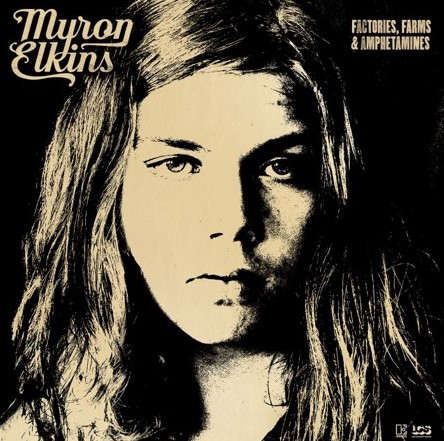It’s Sunday and I’d like to welcome you to the first music time travel trip of 2024! I hope everybody had a good start into the new year. As always, our itinerary includes six stops in different decades, featuring music in different flavors. Let’s do it!
Red Garland Trio/Blue Red
Our first stop takes us to June 1957 and Red Garland’s debut album as a leader, A Garland of Red. The modern jazz pianist helped popularize the so-called block chord style of playing piano in jazz. He first gained prominence when joining the Miles Davis Quintet in 1954. In addition to Davis (trumpet), it featured John Coltrane (saxophone), Paul Chambers (bass) and Philly Joe Jones (drums). By the time Garland recorded A Garland of Red, he still was a member of Davis’ quintet, though their relationship had started to become strained. Davis eventually fired him. On A Garland of Red, Garland was backed by Quintet mate Chambers (bass), as well as Art Taylor (drums). Let’s listen to the album’s closer and sole Garland composition Blue Red. One could be forgiven to think it was written by Chambers, but trust me, eventually you’ll hear more than just upright bass! Plus, did I ever mention bassists are cool? 🙂
The Subdudes/(You’ll Be) Satisfied
New Orleans band The Subdudes blend folk, swamp pop, R&B, Louisiana blues, country, cajun, zydeco, funk, soul and gospel into a tasty musical gumbo. They have been around since 1987 with breaks from 1996-2002 and 2011-2014. Since their eponymous debut from June 1989, The Subdudes have released nine additional studio and two live albums. (You’ll Be) Satisfied, a tip from my dear German music buddy Gerd, is from the third studio album Annunciation that came out in March 1994. The song was written by the band’s bass player at the time, Johnny Ray Allen. This is great stuff!
Quinn Sullivan/Salvation (Make Me Wanna Pray)
For our next stop, we shall travel back to the present and the most recent single by Quinn Sullivan, a dynamite 24-year-old blues rock singer-songwriter and guitarist. He was discovered in 2007 at the age of 7 by Buddy Guy who became his mentor. Sullivan also was a guest on Guy’s 2008 album Skin Deep and has toured various times with him and also performed with B.B. King. Since 2011, Sullivan has released four albums. His most recent single Salvation (Make Me Wanna Pray), released in November 2023, blends contemporary elements with a neat retro sound that reminds me a bit of Stevie Ray Vaughan and Jimi Hendrix. Damn, this is so good!
Coney Hatch/Don’t Say Make Me
Our next destination was inspired by fellow blogger Deke from DeKe’s Vinyl Reviews & More and The Distortion Den, so you can all blame him! It was on his YouTube channel that I was reminded of Coney Hatch, a Canadian hard rock band I had known by name only. They were formed in 1981 and are still rockin’. In August last year, they released a live album, Postcard from Germany. Of course, any music artist who performs in my country of birth gets my attention! Don’t Say Make Me takes us back to 1983 and the band’s sophomore album Outa Hand – a great opener that reminds me a bit of early Foreigner.
Steve Miller Band/My Dark Hour
We’re reaching our second-to-final stop, so it’s about time to pay a visit to the ’60s. My Dark Hour by Steve Miller Band is the closer of their third studio album Brave New World, which appeared in June 1969. Written by Steve Miller, it was also released separately as a single but only reached a measly no. 126 in the U.S. on the Billboard Hot 100. Even if you don’t know the song, you probably recognize the distinct guitar riff that starts at around 13 seconds into the track. Miller would recycle that riff for his major August 1976 hit single Fly Like an Eagle. My Dark Hour also had a special guest: Paul McCartney (credited as Paul Ramon) who contributed backing vocals, drums, guitar and bass!
Outlaws/Stick Around For Rock & Roll
Time to wrap up our first music excursion of 2024 with a great proposition by southern rockers Outlaws. Stick Around For Rock & Roll is the final track of their third studio album Lady In Waiting, released in May 1976. It was written by Outlaws co-founder, guitarist and vocalist Hughie Thomasson. Later on, from 1996 to 2005, Thomasson who passed away in 2007 would also play with Lynyrd Skynyrd. Outlaws are still around, though no original member remains in their current line-up. That said, Henry Paul, who was part of the band when they recorded Lady In Waiting, remains a member to this day. This definitely rocks and reminds me a bit of The Doobie Brothers.
Last but not least, here’s a Spotify playlist featuring all of the above tracks. Hope you enjoyed the trip and will be back for more!
Sources: Wikipedia; YouTube; Spotify















